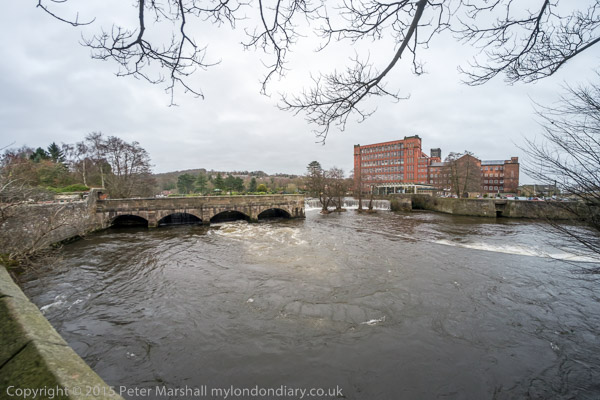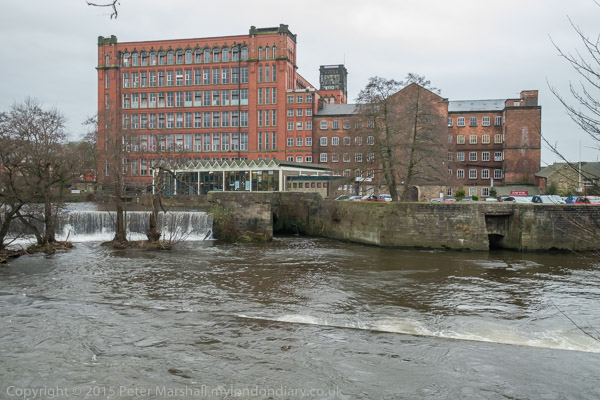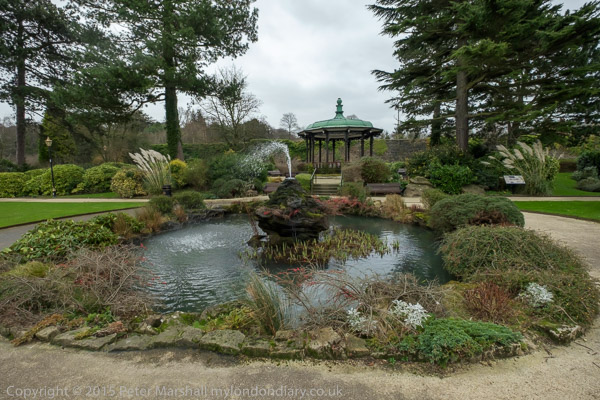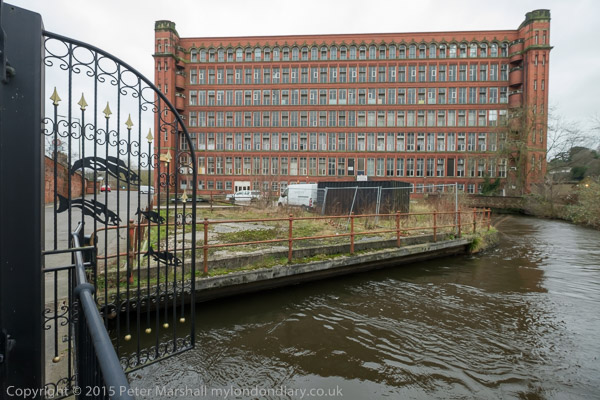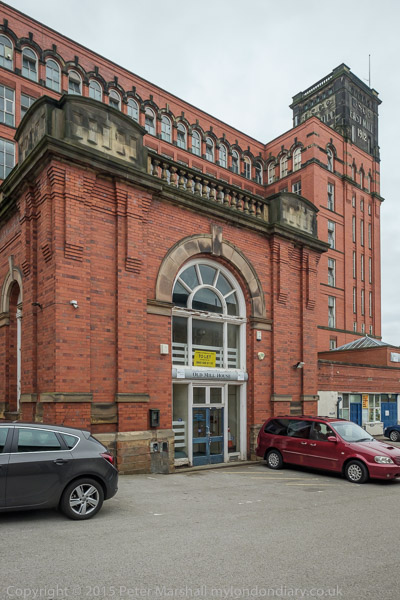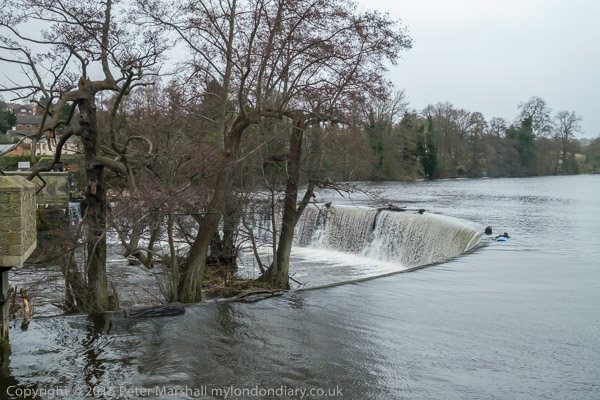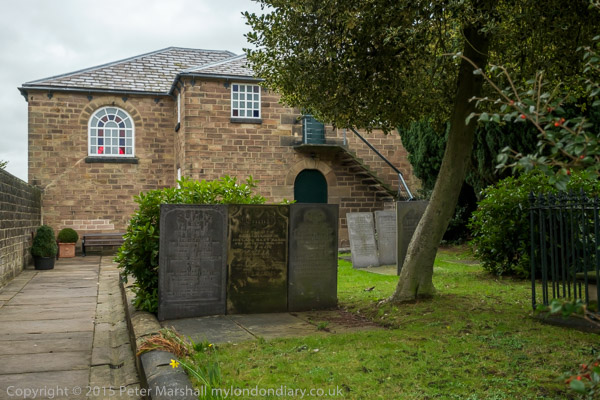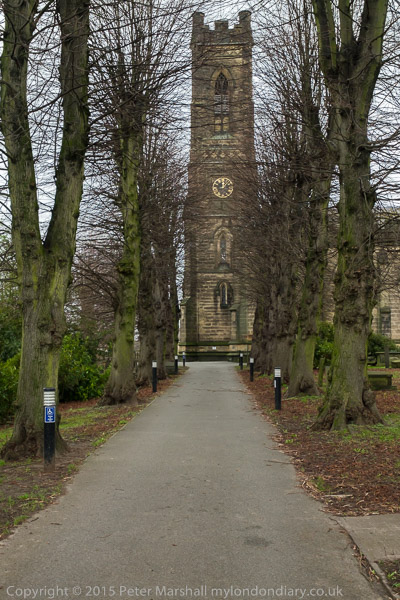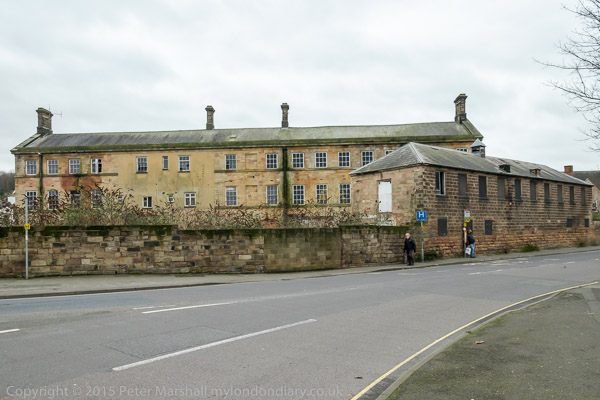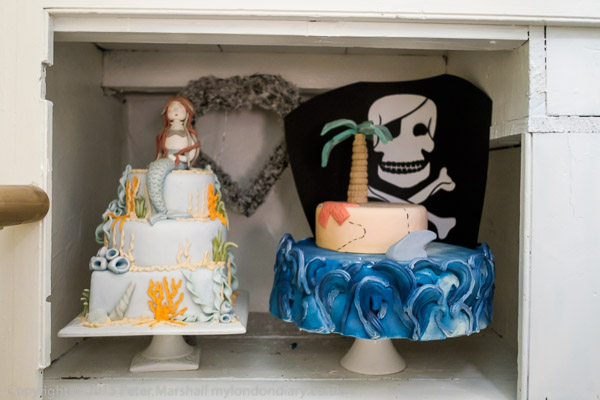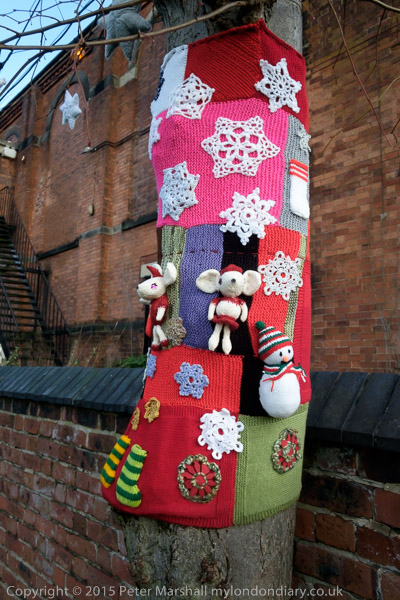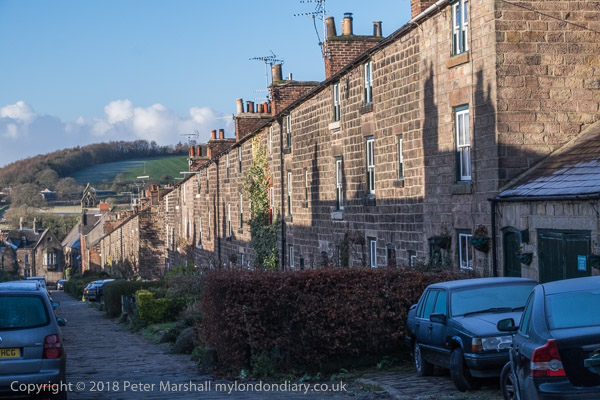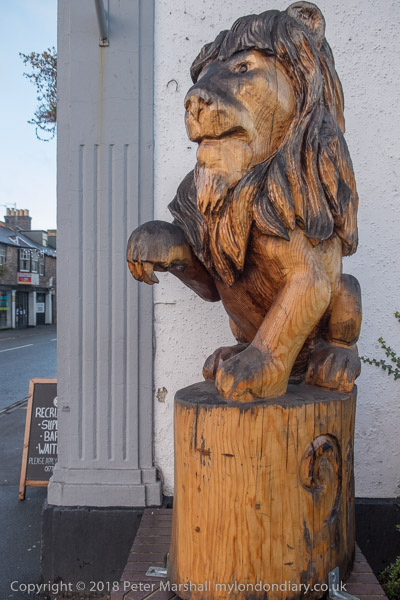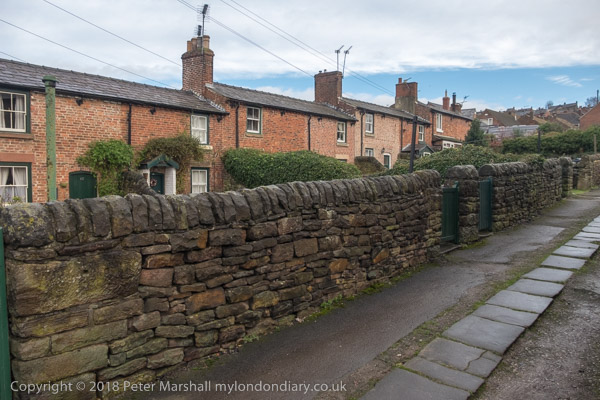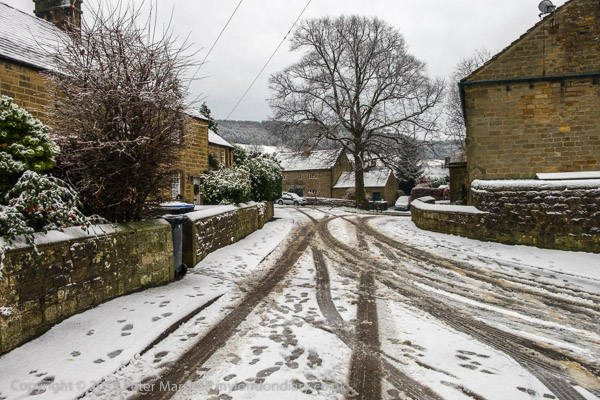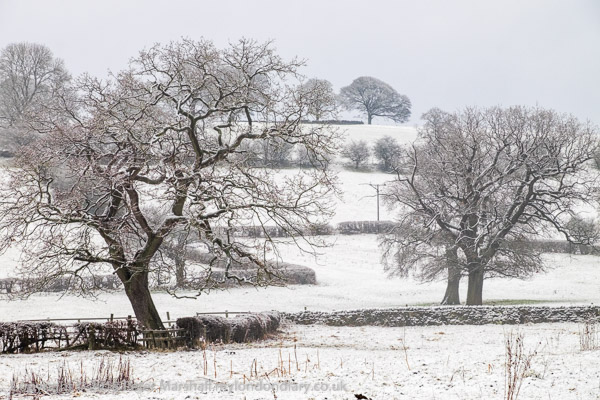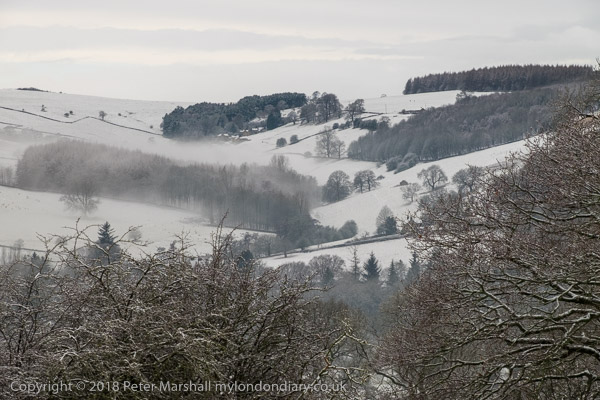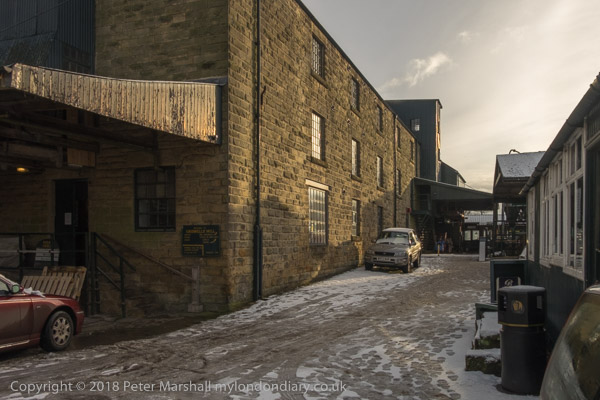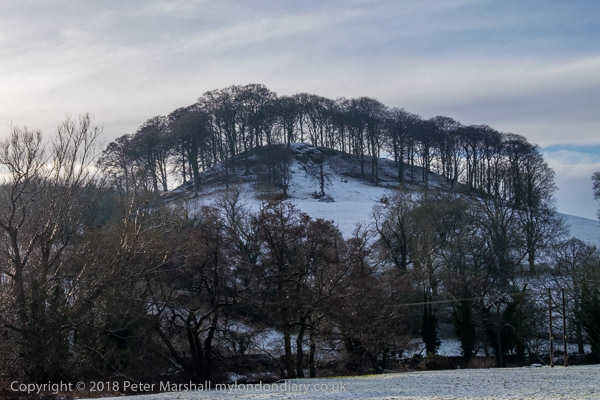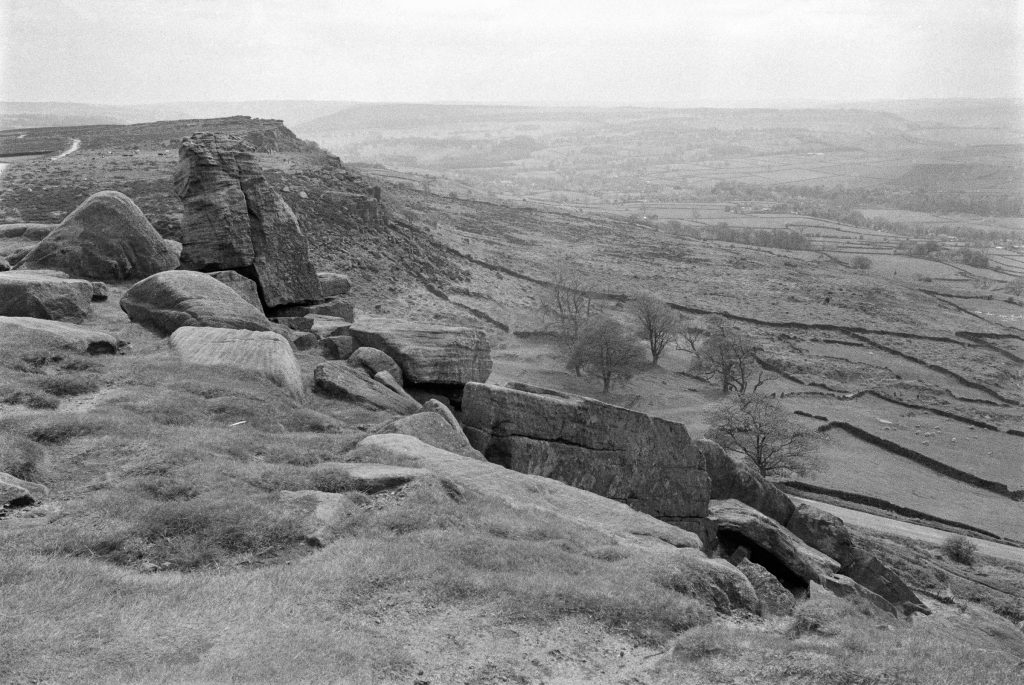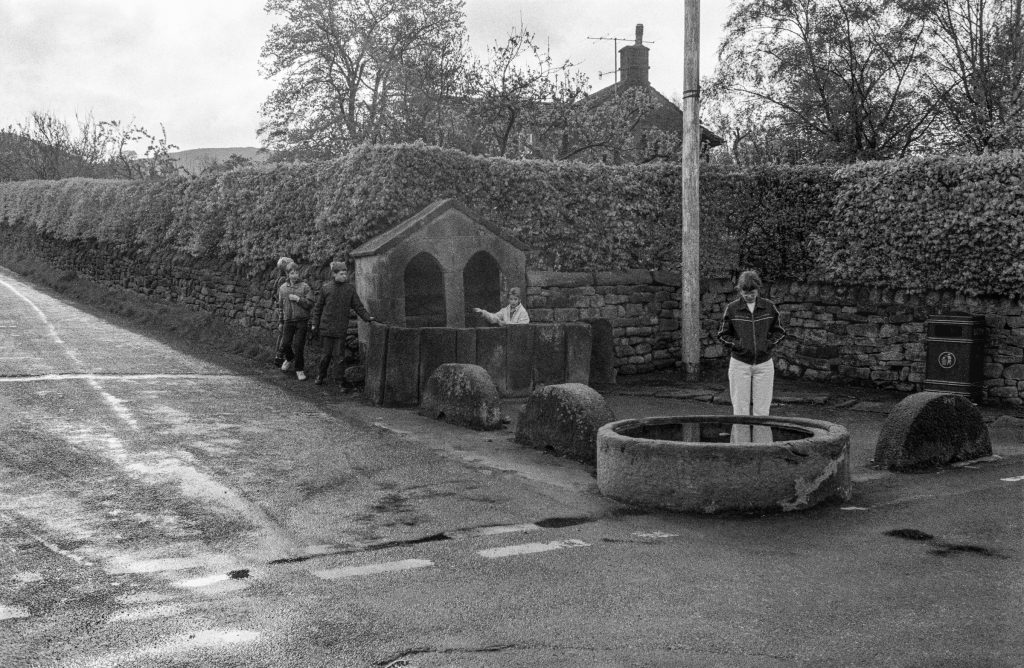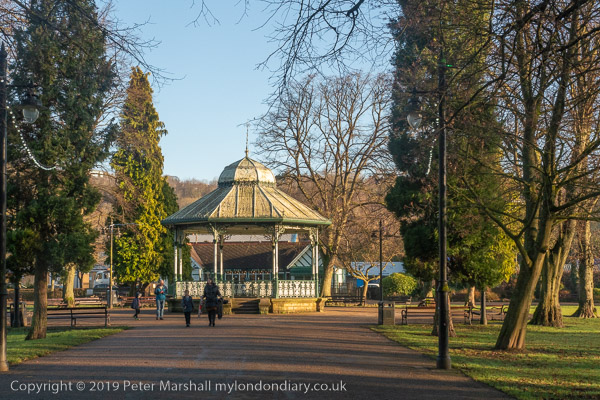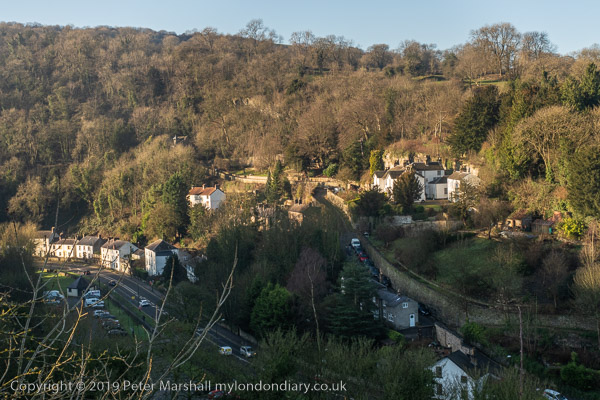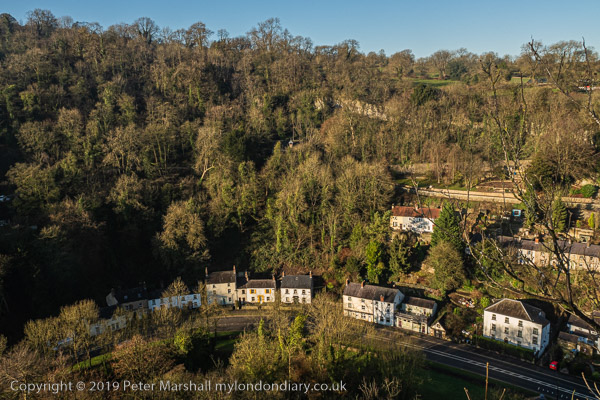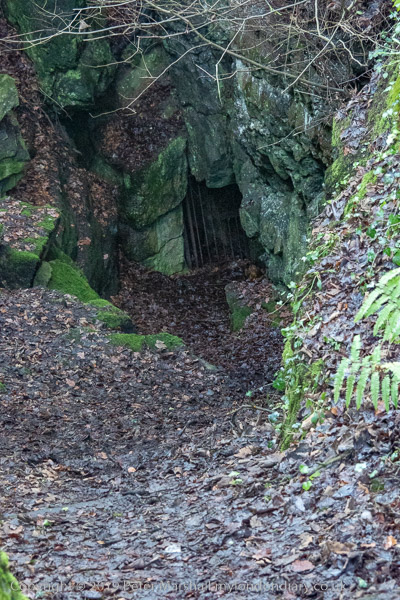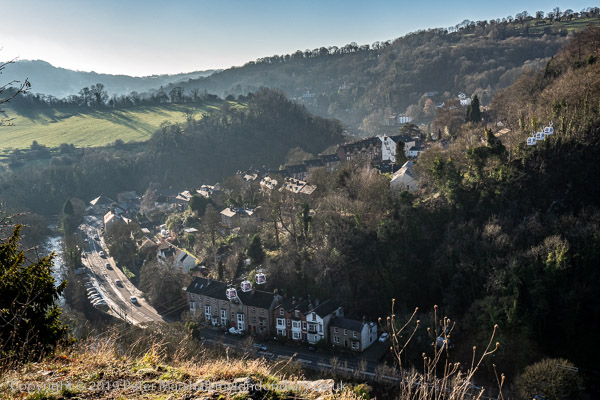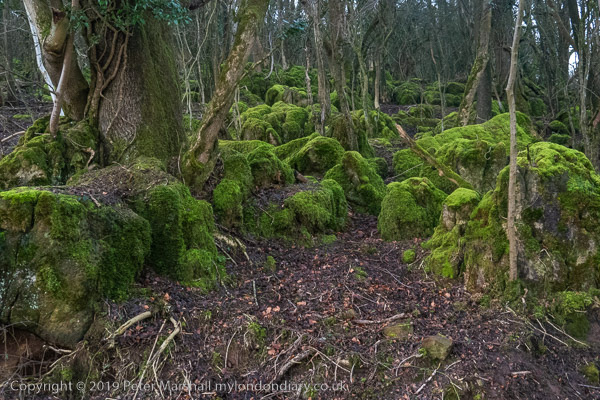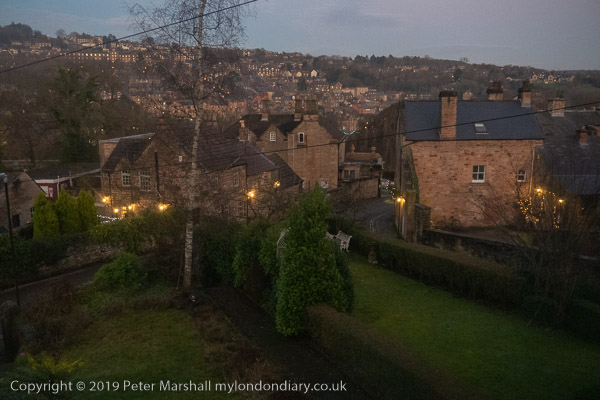No Snow in Derbyshire: I’ve just looked at the weather forecast for Christmas this year and found we are expected to have day temperatures of around 13°C, dry and cloudy with a bit of sun. But back in 2010 the last ten days or so of December was considerably more Siberian and a week before Christmas we trudged through a few inches of snow with more still falling in London as we made our way to St Pancras for the trip to Belper in Derbyshire for a brief visit to our younger son and family.
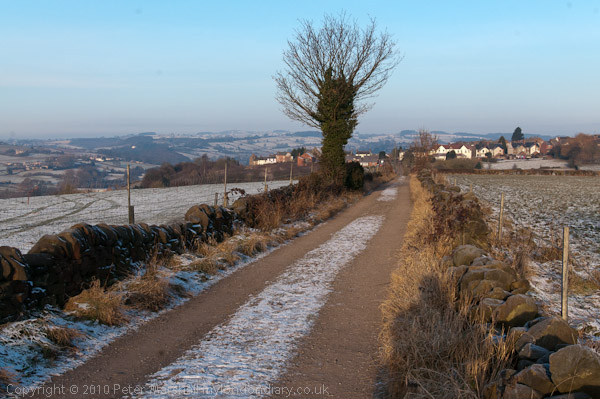
For once there was no snow in Derbyshire, and the thin white sprinkling on open ground was simply frost and the streets were clear. Fortunately there was little wind and wrapped up well we went out for walks on both Sunday 19th December and Monday 20th December. As usual I took a few pictures, both in the town and on the hills around.
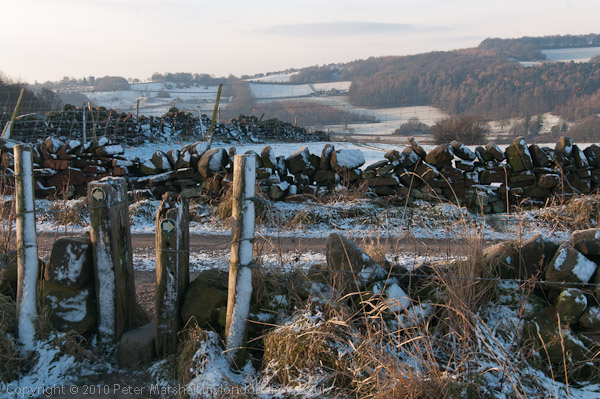
I’ll post a few here, but there are rather more on-line.
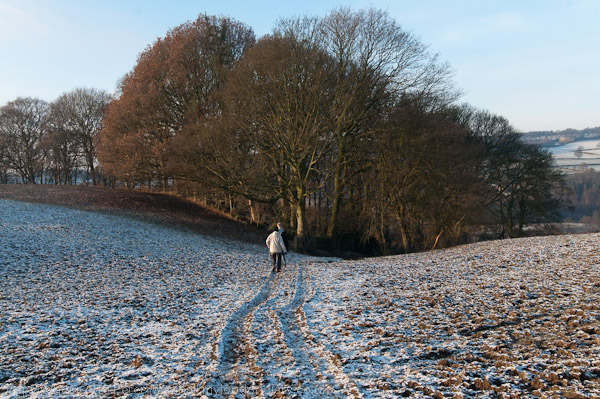
The daytime temperature didn’t quite reach zero – 0°C (32°F) – during our visit and the frost was building up to an unusual degree for the UK
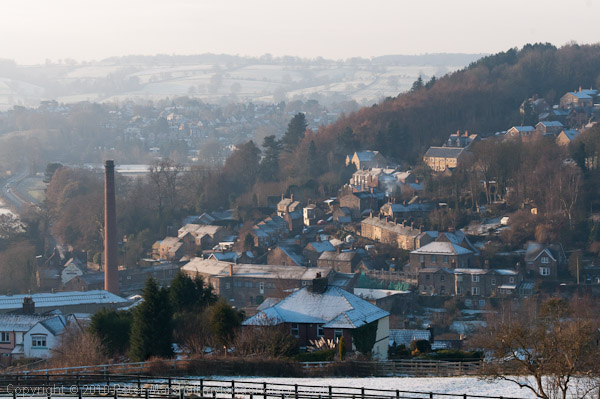
We walked over the hills to Milford and then I think caught the train back.

Strutt’s North and East Mills on the River Derwent in Belper are a part of the of the Derwent Valley Mills given UNESCO World Heritage Status in 2001.

And the Grade II listed houses on Long Row where my son was then living close to the top of the steeply sloping street were built by the Strutts for their mill workers in a rather odd internally interlocking design.

The last mills in Belper closed in the 1990s. Until 2022 the North Mill, Grade I listed and one of the world’s first fireproof buildings was Strutt’s North Mill Museum, but then lost its funding due to Tory cuts meaning the local authority could no longer fund it. The building was Save Britain’s Heritage ‘Building of the Month‘ in September 2023 and campaigners and local residents hope it can be saved and reused.

There had been unusually low minimum temperatures – a few days earlier it had gone down to -18 C (0 F)

Many more pictures on My London Diary in Derbyshire Walks.
Flickr – Facebook – My London Diary – Hull Photos – Lea Valley – Paris
London’s Industrial Heritage – London Photos
All photographs on this page are copyright © Peter Marshall.
Contact me to buy prints or licence to reproduce.
